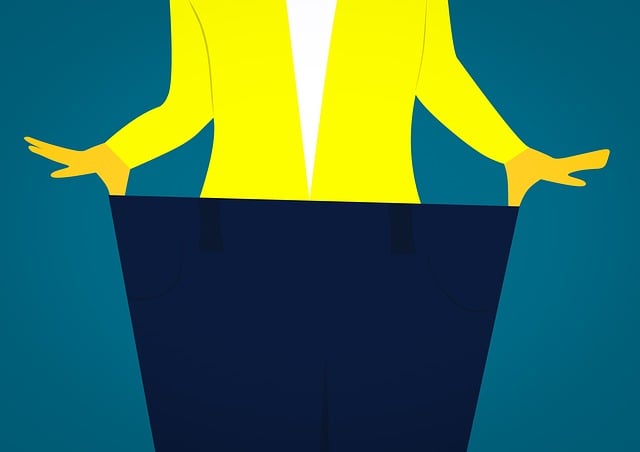
The Fastest Way to Lose Weight for Women: A Comprehensive Guide
Whether it’s for better health, more self-confidence, or just to feel more at ease in their bodies, many women have the common objective of losing weight. While there isn’t a magic bullet for quick and lasting weight loss, there are practical methods that, when used with perseverance and dedication, can help you lose those excess pounds. This comprehensive guide will examine the safest, healthiest, and most effective methods for women to reduce weight quickly.
By Banti Phurailatpam 26/09/2023 Imphal
Understanding Weight Loss
Prior to learning the procedures, it’s crucial to comprehend the fundamentals of weight loss:
- Calories In vs. Calories Out: At its core, weight loss is a matter of needing to expend more calories than you take in. As a result, there is a calorie deficit and weight loss.
- Sustainable Changes: Although quick solutions and crash diets may produce benefits quickly, they are frequently unsustainable and may have negative health effects. Success over the long run necessitates steady, sustainable changes to your way of life.
- Individual Variation: Each person loses weight differently. Your metabolism, genetics, and hormonal balance are just a few examples of the variables that might affect how quickly you lose weight.
Fastest Way to Lose Weight for Women
1.Healthy Eating: The key to losing weight is a balanced diet. Think about:
- Portion Control: Watch your portions to prevent overeating.
- Consume a variety of fruits, vegetables, whole grains, lean proteins, and healthy fats.
- Hydration: To stay hydrated and reduce excessive snacking, drink enough water throughout the day.
- Limit Processed Foods: Sugary and processed foods, which might be heavy in empty calories, should be limited.
2.Exercise regularly: Physical activity is essential for weight loss. Attempt to achieve a mix of:
- Cardiovascular Exercise: Exercises that burn calories include brisk walking, jogging, cycling, and swimming.
- Strength training: Adding muscle can speed up metabolism and help people control their weight over the long run.
- Balance and Flexibility: Exercises like yoga or Pilates help improve general fitness and foster awareness.
- Set Realistic Goals: Establish achievable weight loss goals. Losing 1-2 pounds per week is considered safe and sustainable.
- Track Progress: Monitor your food intake and exercise with a journal or smartphone app. Tracking can help you identify areas for improvement.
- Get Adequate Sleep: Poor sleep can disrupt hormones related to hunger and appetite control. Aim for 7-9 hours of quality sleep each night.
- Manage Stress: High stress levels can lead to emotional eating. Incorporate stress-reduction techniques like meditation, deep breathing, or hobbies you enjoy.
- Seek Professional Guidance: Consulting a registered dietitian or certified fitness trainer can provide personalized guidance and support.
- Intermittent Fasting: Some women find success with intermittent fasting, which involves cycling between eating and fasting periods. However, this approach may not be suitable for everyone, so consult a healthcare professional before trying it.
- Stay Consistent: Consistency is key. Avoid extreme diets or excessive exercise regimens, as they can lead to burnout and negatively impact your health.
- Stay Hydrated: Drinking water not only aids in digestion but can also help control appetite. Sometimes, thirst can be mistaken for hunger.
- Mindful Eating: Pay attention to what you eat and savor each bite. Mindful eating can help prevent overeating.
- Stay Accountable: Share your weight loss journey with a supportive friend or join a community or group with similar goals.
- Medical Considerations: If you have underlying medical conditions or are taking medications, consult your healthcare provider before starting any weight loss program.
- Avoid Diet Extremes: Extreme diets that severely restrict calorie intake can be detrimental to health and result in muscle loss. Opt for balanced nutrition instead.
- Celebrate Milestones: Celebrate your achievements along the way, whether it’s reaching a certain weight or accomplishing a fitness goal. Positive reinforcement can keep you motivated.
Common Pitfalls to Avoid
- Extreme calorie restriction can decrease metabolism and result in dietary deficits, thus it’s important to avoid it.
- Overeating later in the day might result from skipping meals. Consistently eat balanced meals and snacks.
- Impatience: Losing weight requires time. Be patient with yourself and avoid expecting quick results.
- Relying on Supplements: Supplements for weight loss might have negative effects and are frequently useless. Instead, concentrate on whole foods.
The Importance of Maintenance
It’s critical to move into a maintenance phase once you’ve met your weight loss objectives. To maintain your desired weight, you must establish a balance between calorie intake and expenditure. Although maintenance may call for dietary and activity modifications, it is crucial for long-term success.
Conclusion
A holistic strategy that incorporates a balanced diet, frequent exercise, and lifestyle adjustments is the fastest way to reduce weight for women. The best long-term and health-conscious approach to obtaining and maintaining a healthy weight, despite the fact that it might not show results right away. Keep in mind that because each person is different, what works best for you might not be the same for others. While trying to lose weight, put your health and wellbeing first.
The Fastest Way to Lose Weight for Women: A Comprehensive Guide Read More